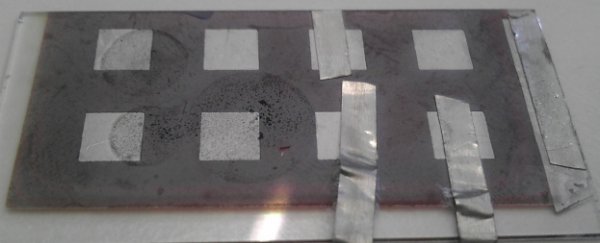We could soon be able to convert more of the Sun's energy into power using fewer solar panels, thanks to a new breakthrough by Swinburne University of Technology researchers in Australia.
Working with researchers from Nankai University in China, the team has managed to enhance the efficiency of silicon solar cells by 3.8 percent - almost five times more than the current record.
"One of the critical challenges the solar cell faces is low energy conversion efficiency due to insufficient absorption from the thin silicon layer," said micro-photonics expert Min Gu at Swinburne University of Technology, who worked on the project.
To achieve the impressive upgrade, the engineers synthesised one-dimensional graphenised carbon nanofibre, and used it to help solar cells capture sunlight more efficiently.
"This nanofibre exhibits superior light-scattering properties, ultralow absorption loss and high electrical conductivity," said lead researcher Xi Chen in a press release.
By integrating the nanofibres with solar cells, the team have demonstrated one of the highest-performing silicon thin-film solar cells in existence.
The nanofibres are also extremely cheap to make and can be adapted to be used in a range of technology, such as photodetectors, supercapacitors and biosensors, as well as solar cells.
The results are published in the journal Advanced Materials.
Want to create game-changing technology? Find out more about studying at Swinburne University of Technology.
